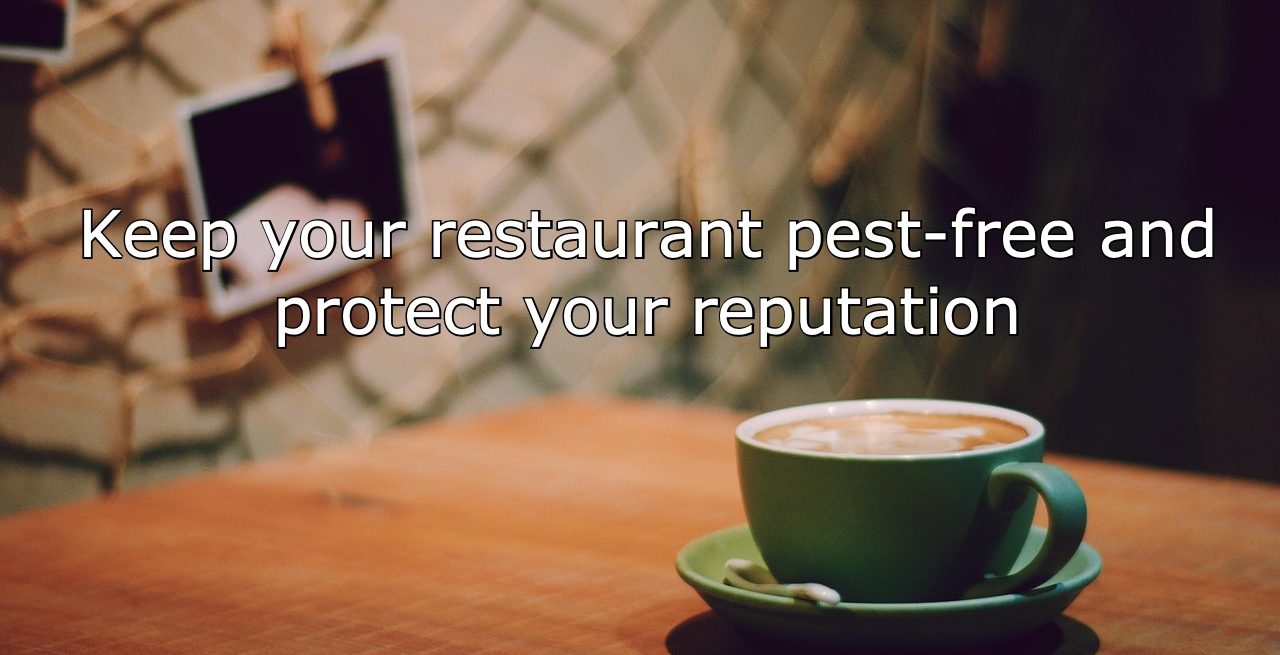Protecting Your Restaurant from Unwanted Pests: A Guide for Operators
2 Min Read By Adam Jones
Pests are an unavoidable part of our environment, but they have no place in your restaurant. In today’s digital age, a single pest sighting can quickly turn into a viral nightmare, damaging your brand’s reputation and driving customers away. Social media ensures that when one person sees a bug, millions could hear about it in a matter of days. That’s why maintaining a clean and pest-free environment is essential for any commercial kitchen.
Health Risks Posed By Common Pests
- Cockroaches – Cockroaches are known carriers of pathogens, including bacteria, fungi, and parasitic worms. As they move across food contact surfaces, they can transfer harmful contaminants that pose serious health risks. Additionally, cockroach eggs, shed skin, feces, and dead bodies contribute to allergens, which can trigger asthma and other respiratory conditions.
- Ants – Ants may seem like a minor nuisance, but they can contaminate food and food surfaces as they search for nourishment. Certain species, such as the Pharaoh ant, are known to carry harmful bacteria that can compromise food safety.
- Rodents – Rodents are among the most destructive pests for restaurants. They not only contaminate food and surfaces with their urine, droppings, and fur but also gnaw through wiring and structural elements, creating fire hazards and costly repairs. Additionally, rodents are known carriers of diseases such as Salmonella and Hantavirus.
- Flies – Flies are more than just an annoyance; they are transmitters of disease. They feed on decaying matter and waste before landing on food and preparation areas, transferring bacteria such as E. coli and Salmonella. Small fly infestations, often caused by standing water and organic debris, can escalate quickly if not managed properly.
Pest Prevention Tips
A proactive approach is the best defense against pests in a commercial kitchen. Implement these strategies to keep your restaurant pest-free:
- Cleaning: Adopt a “clean as you go” strategy for countertops, food prep surfaces, and utensils. Daily deep cleaning under and behind kitchen equipment prevents food buildup that attracts pests. Regular sanitation is key to keeping cockroaches at bay. German cockroaches are adept hitchhikers, entering restaurants through deliveries or takeout packaging. They easily spread between units in shared spaces, such as food courts and multi-tenant buildings.
- Remove Unused Equipment: Broken or unused equipment provides hiding spots for rodents and insects. Remove any unnecessary items to reduce pest harborage areas.
- Maintain Equipment Elevation: Commercial kitchen equipment is designed with four-inch legs or wheels to facilitate cleaning. If these supports become damaged, repair rather than remove them to ensure proper sanitation access. Eliminate Standing Water: Moisture contributes to decay and fosters conditions for small fly infestations. Regularly check for and remove standing water from sinks, drains, and other areas.
- Seal Entry Points:
- German cockroaches hide in cracks and crevices. Seal gaps along kitchen baseboards, utility rooms, and bathrooms to prevent infestations.
- Pests enter through exterior openings. Caulking gaps along perimeter walls and weatherproofing doors help keep them outside.
- Installation of a Commercial Air Curtain or Fly Fan: Commercial air curtains and fly fans generate an invisible barrier of air as a walk-through door is opened to keep insects out. This can be extremely helpful above an external door to a receiving area or loading dock.
By prioritizing sanitation and maintenance, restaurant owners can protect their businesses from costly infestations and ensure a safe dining experience for customers.


